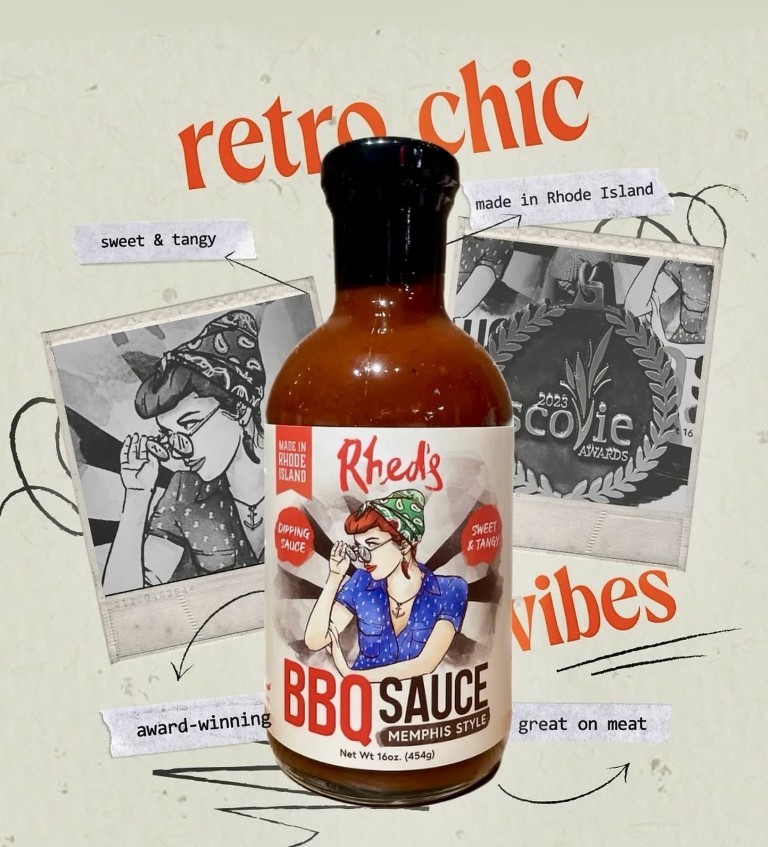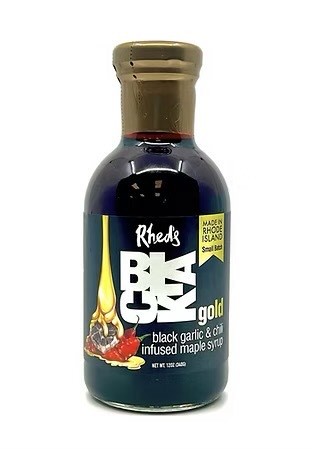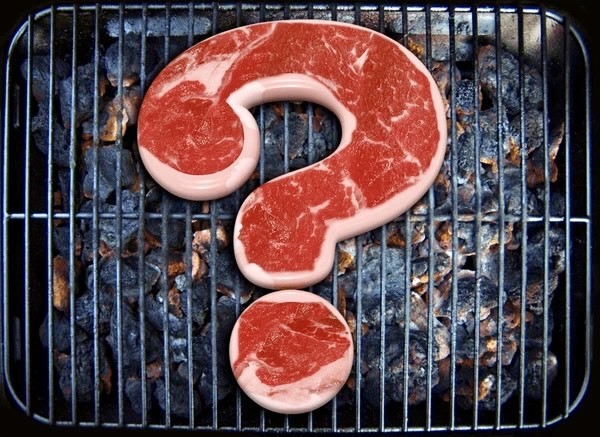
Question Mark Made of Meat On Grill
QUESTION: WHO invented BBQ Sauce?
ANSWER: “The invention of BBQ Sauce is not formally attributed to a single person.”
That being established, Jean-Baptiste Labat, sometimes called simply “Pere Labat,” a Dominican Missionary, visited the French West Indies, where, in 1698 he witnessed the local populace cooking meats with lime juice and hot peppers in order to season BBQ’d meats. Pere Labat then transcribed and described the cooking processes that he witnessed. The first sauce that he made (copied) was very simple, utilizing common French West Indies local ingredients, flora and fauna. In all probability, the sauce that Pere Labat witnessed the cooks using on BBQ’d meats draws its roots from Africa, where cooks traditionally used both lemon and lime juice to zing and zest their meats with flavor. The concept of flavoring meats with sauces while cooking over an open flame has ancient tetherings. Evidence suggests that these practices began in Africa where people were accustomed to cooking “savory cosmopolitan cuisine that favored spicy, hot, and tart sauces and seasonings,” states www.tnmuseum.org
Natural spices, peppers, and citrus juices like limes and lemons were used to make marinades and sauces for meats in the Caribbean, as well as in Africa. Culinary and historical resources say this practice later further developed in the American South. The “Invention” of BBQ Sauce is attributed to the original historical practice which proceeded to evolve over time through various cultures as well as via regional influences.

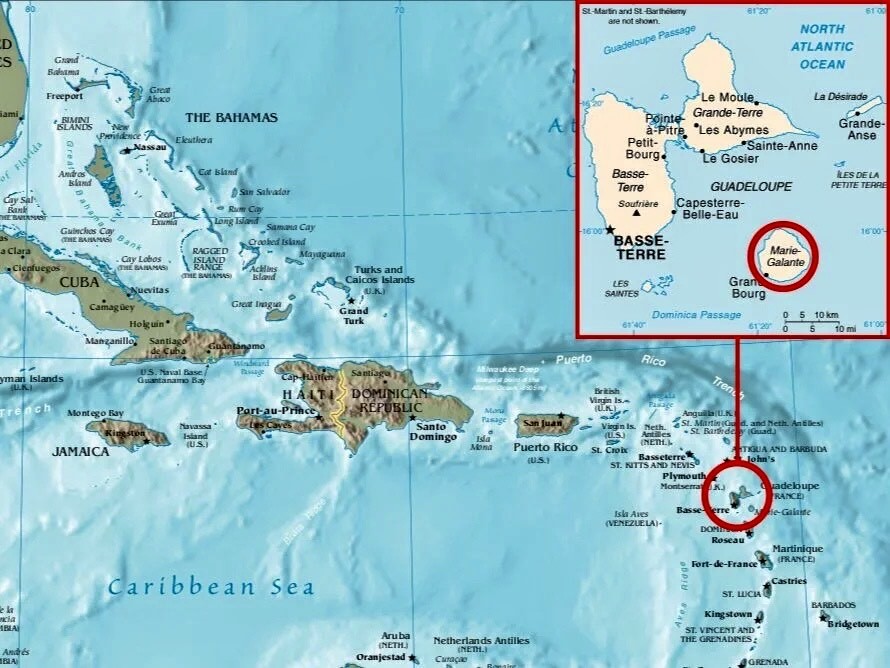
Jean-Baptiste AKA Pere Labat was a French Clergyman, botanist, writer, explorer, ethnographer, soldier, engineer, and landowner. He was born and died in Paris. He entered the order of the Dominicans at the age of 20. He was ordained at the completion of his philosophical and mathematical studies. Besides Preaching as a Missionary, he taught philosophy and mathematics. In 1694, he received permission from the general of his order to travel to the West Indies, which were at that time under French domination, and he landed in Martinique. The French government appointed him as an engineer due to his scientific knowledge and he visited the French, Dutch, and English Antilles from Grenada to Hispaniola. While on Martinique, Labat famously devised new methods for the manufacture of sugar. He assisted prominent botanist Charles Plumier in his work while in the West Indies, recording scientific observations of the soil, fruits, and herbs of the islands. In 1698, he wrote about the culture of the islands imbibing his writings with notations and recipes of the local populace…Thus: THE “Original” BBQ Sauce!
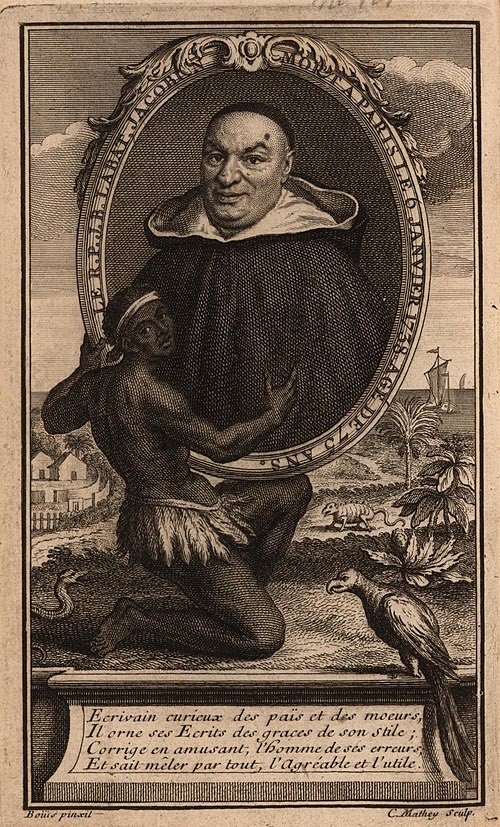
Of additional noteworthy mention is that since the early 1900s, “RHUM PERE LABAT,” has been distilled on the island of Marie-Galante, part of Guadalupe. “The distillery, aging facilities, and the estate’s sugarcane fields sits on 1300+ acres,” www.pmspirits.com “Producing rum since the early 1900s, Rhum Pere Labat utilizes estate and locally grown sugarcane varieties native to the island. As ‘RHUM AGRICOLE’ = French for agricultural rum—these spirits are produced from fresh-pressed sugarcane juice rather than molasses. The distillery is the oldest on the island of Marie-Galante and houses one of the oldest stills in the Caribbean”….And was named after John-Baptiste AKA Pere Labat; the name of the brand having been in place for over 100 years. The Rum Industry is inextricably tied to the sugar industry, and subsequently, at the heart of the matter, affixed to all of its inherited historical significance and quandaries revolving around abolition, as well.

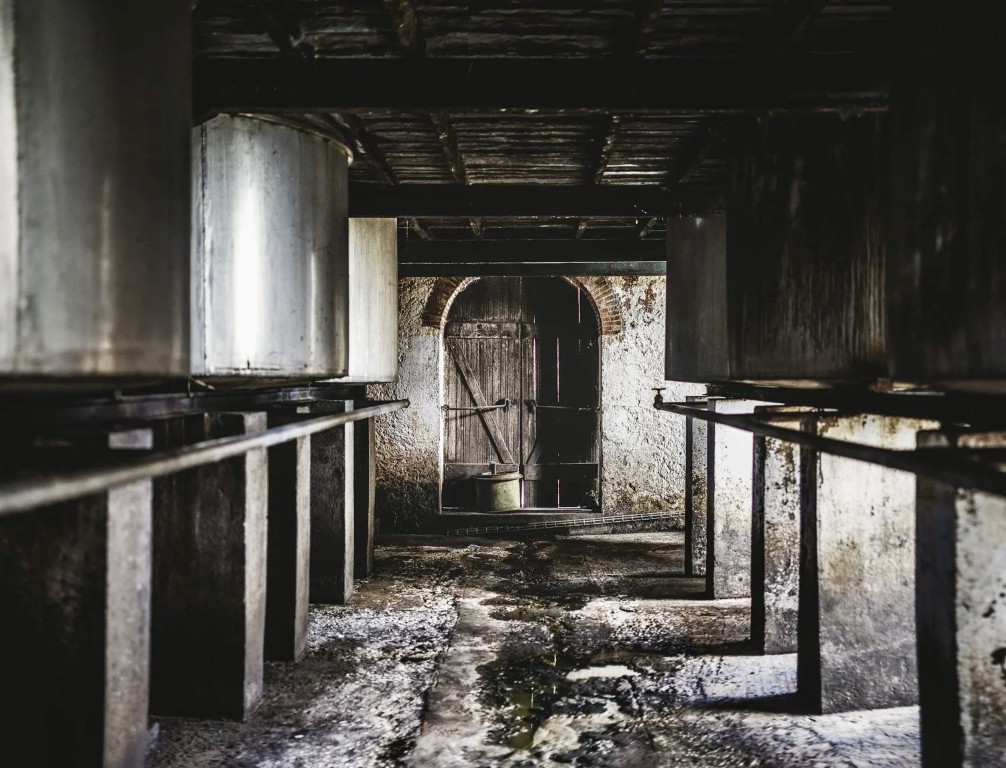
Pertinent Information Regarding Rhum Pere Labat:
- –Rhum Pere Labat is the brand of rum produced at Distillerie Poisson
- –A copper pot still from Barbados was installed in 1934, which was replaced in 1955 with one of the first creole column stills
- –4 kinds of sugar cane are used: red, white, blue, and gray. Some cane is grown on the estate, some is purchased from local growers: all of the sugar cane is hand-cut and brought to the distillery by ox-drawn carts
- –72-hour fermentation yields a “vin de canne” at 5% abv/Alcohol by Volume
- –The spirit comes off the still between 69% and 71% abv/Alcohol by Volume
- –Rhum Blanc is placed in open top wooden foudres –A large wooden cask, used for aging spirits– for 10-15 days and demineralized water is added to bring it down to proof. On the island, the Local Proof is 59% Alcohol by Volume
- *Alcohol by Volume/abv is the standard worldwide measure of ethanol present in a spirit or alcoholic beverage
- –Rhum Vieux is aged for at least 6 years in ex-bourbon casks
- –Nearly everything at Rhum Pere Labat Distillerie Poisson is done by hand, without automation
- –In 2007, the distillery was purchased by Jean-Cedric Brot, a Guadalupe Native whose family history dates back generations on the island. Jean-Cedric has a wealth of knowledge of both the Caribbean and of the alcohol industry.
- –Rhum Pere Labat is a Rhum Agricole Distillerie widely known as one of the “True Gems”of the French West Indies, currently owned by a local man; Jean-Cedric Brot–with a staff that is made up entirely from the local population and whose product “Pere Labat 59%” is an iconic bottle in the world of Rhum Agricole
- –As Marie-Galante is a French territory, the distillery and its workers are governed and protected by the rules and regulations that apply to the cane, sugar, and rum sector
- –Rhum Pere Labat is described as: “Made from 4 varieties of heirloom cane indigenous to this pristine island just off the coast of Guadalupe, this rum is bottled at “Island Proof” and is arguably one of the BEST Rhum Agricoles in the WORLD! Pere Labat is rich and very rustic, with a slightly dense, and scented nose. Vibrant, silky, and fresh on the palate, with a somewhat vegetable and intense finish.” www.folkwayswines.com
CHEERS to Rum Cocktails PERFECTLY paired with BBQ Foodstuffs!

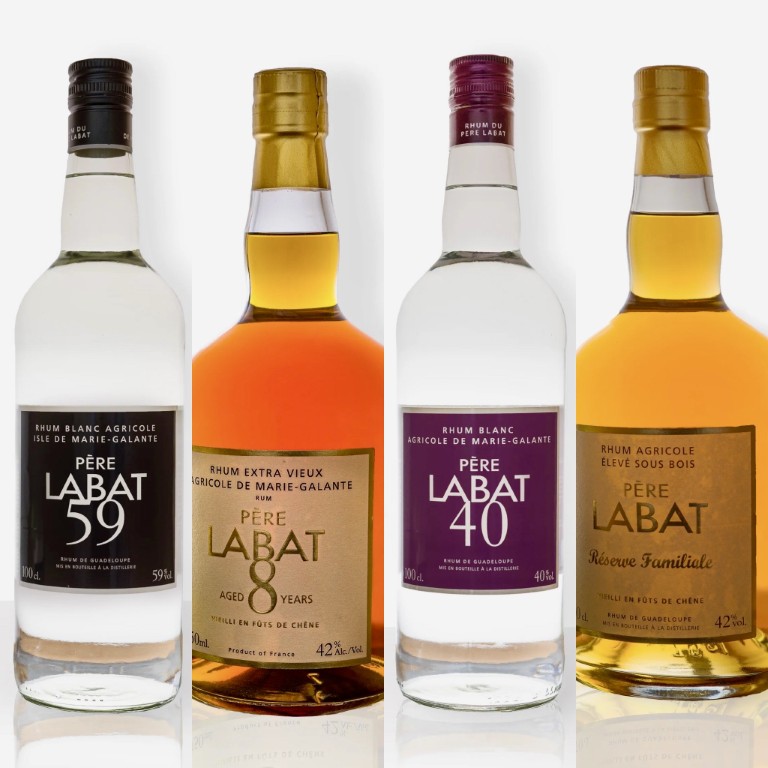
Barbeque Sauce has a rich history that spans cultures and centuries, making it a beguiling and intriguing topic for all BBQ Fans worldwide! Another facet of BBQ Sauce history is that it can be traced back to Indigenous cooking methods used by Native American tribes, particularly in the Southeastern United States. These tribes cooked meats over an open flame or in pits, using a variety of spices, herbs, and natural juices to tenderize and savor distinct flavor profiles. Origins of BBQ Sauce can be traced back to ancient civilizations and the blending of diverse and varying culinary traditions. The oldest BBQ Sauces were simple mixtures of regional herbs and spices used by Indigenous American tribes to flavor grilled or smoked meats. Although these sauces were not as complex regarding elements and ingredients as modern BBQ Sauce, they laid the foundation for the expansion and growth for more elaborate recipes over time. As BBQ techniques and styles expanded and blossomed, so did the multitude and complexity of BBQ Sauces!

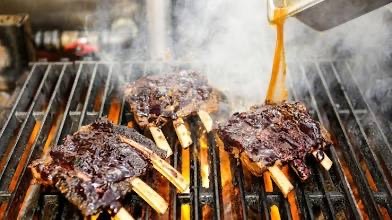
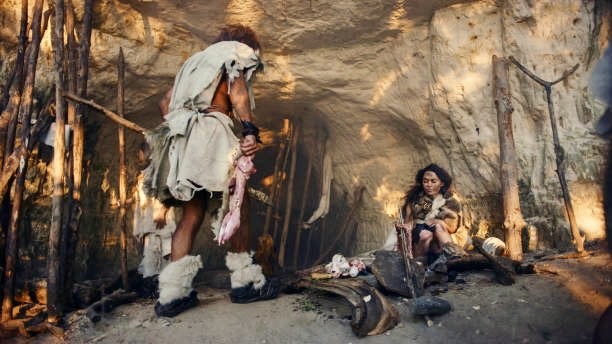
Over time, as European explorers and travelers traversed throughout the Caribbean, South America and North America, the new settlers adopted these cooking techniques and adapted them to their own culinary preferences. The FUSION of culinary influences from multiple regions and peoples relating to the practice of gastronomic cookery is the source which lead to the development of modern BBQ Sauce as we know it and utilize it today! Each culture contributed ingredients and techniques that shaped the diversified, manifold range of BBQ Sauces that we enjoy! BBQ Sauce is a product of “cultural exchange and culinary evolution, with roots in Indigenous American, African, Caribbean, and European cooking traditions,” quotes www.bigflamesbbq.ca “Its invention represents a collective culinary heritage shaped by centuries of innovation and experimentation, making it a fascinating subject for those passionate about BBQ!”
For example, the tangy tomato-based BBQ Sauces commonly associated with American BBQ have roots in Native American cooking methods combined with the use of tomatoes by early European settlers. With limes being readily available in the Caribbean, limes therefore became a staple in Caribbean BBQ Sauces, along with cayenne pepper. Vinegar was more readily available in the American South than either limes or lemons, so vinegar-based BBQ Sauces predominated during the 1800s. According to www.tnmuseum.org In 1867, a recipe was published in: “Mrs. Hill’s New Recipe Book for the Kitchen,” by Georgia Native cook, Annabella P. Hill.
—“The recipe instructed the cook to: Melt 1.2 pound of butter, Stir into it a large tablespoon of mustard, ½ teaspoon of red pepper, one teaspoon of black pepper, salt to taste; add vinegar until the sauce has a strong ACID taste. The quantity of vinegar will depend upon the strength of it.”
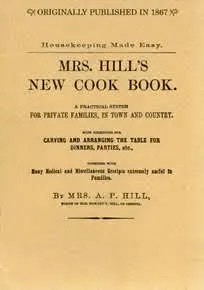
“The beginning of the 20th century sparked the commercialization of BBQ Sauces, and they began to creep onto the shelves of grocery stores across the country! The Georgia Barbecue Sauce Company in Atlanta, Georgia was the first company to commercially sell BBQ sauce in 1909!” quotes www.eatpre.com Obviously, it turned out to be an enormous success! Consumers delved right into BBQ Sauce!
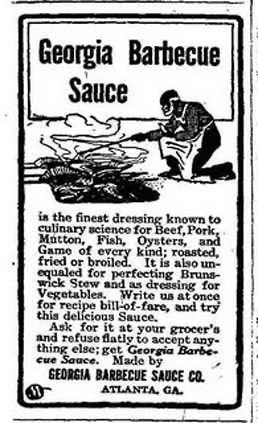
According to Author and “Southern Living” contributing editor, Robert F. Moss, www.robertfmoss.com “The American BBQ Belt can be divided into distinct ‘SAUCE ZONES’—defined by their dominant ingredients in their native concoctions:
- —Vinegar-based in North Carolina
- —Mustard-based in central South Carolina
- —Molasses and Tomato based in in Kansas City.”
I expounded upon Robert F. Moss’ examples and added notes from my own research:
- —Texas—savory, vinegar-forward sauce, slightly spicy and tangy
- —Alabama—THE WHITE BBQ SAUCE! It’s creamy, tangy, slightly spicy with a mayonnaise base
- —Memphis—made with ketchup, brown sugar, Worcestershire sauce, cayenne pepper
- —Pacific Coast—often referred to as “California Style,” its BBQ Sauce is comprised of a bright tomato base, hints of smoky sweetness from smoked paprika, ancho chilis, or chipotle, and a touch of citrus zest
- —Northeast—The “New England” BBQ Sauce is comprised of ingredients with a regional approach: maple syrup, apple cider vinegar, molasses, and spices = GENERALLY; SWEET AND TANGY as well as SMOKY AND SPICY!
You may find scintillating BBQ SAUCE RECIPES from every region online, here are MERELY a few suggested resources, as well as a petite smattering of BBQ Sauce Cookbook recommendations:
- www.heygrillhey.com
- www.eatpre.com
- www.allrecipes.com
- www.southernkitchen.com
- www.bettycrocker.com
- www.amazingribs.com
- www.natashaskitchen.com
- www.overthefirecooking.com
- www.kitchenfunwithmy3sons.com
- www.dadcooksdinner.com
- www.grilledcheesesocial.com

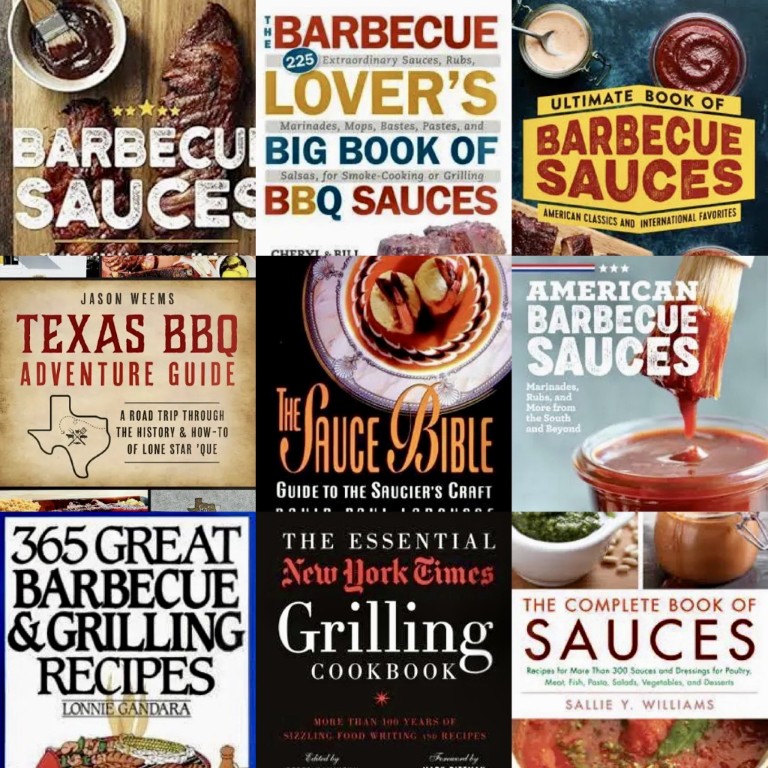
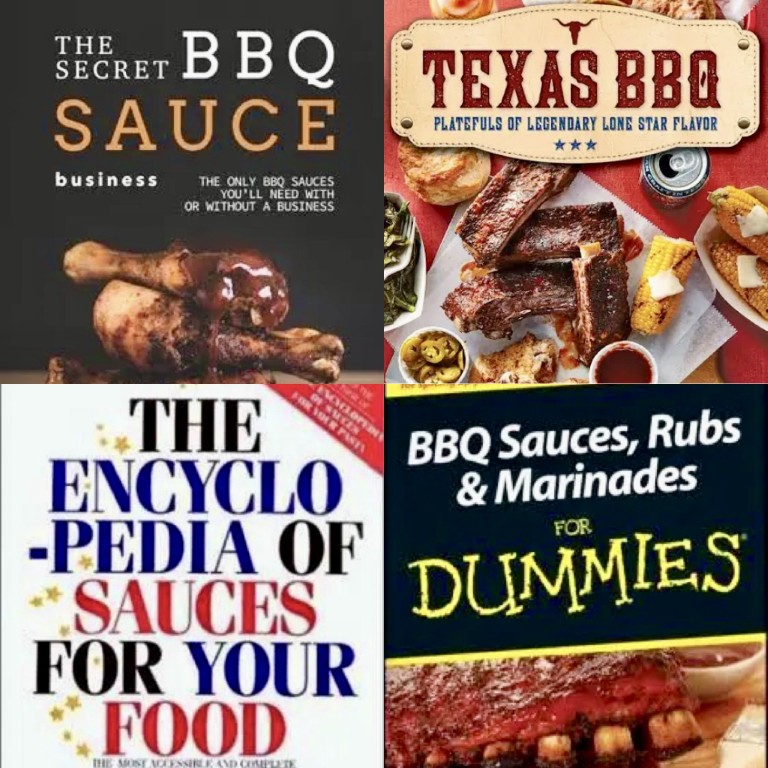
The savory and sweet tomato-based PERFECT BBQ Sauces that we are SO FAMILIAR WITH here in New England appear to have emerged at the turn of the 19th and 20th centuries. www.tnmuseum.org continues, “Understanding how food has evolved over time sheds light on culinary conversations that have occurred between people of different backgrounds over hundreds of years!” “Connecting the PAST WITH THE PRESENT helps keep the conversation going!” In my humble opinion, www.ribbqnews.com Readers: We have The BEST BBQ SAUCE! Below, please find photos of their Award-Winning “RHED’s BBQ Sauce,” BBQ Sauces from Rhode Island—RETRO CHIC… “Tangy, Sweet and SO CHIC! We Love Her!” Not only does Rhed’s Hot Sauce make Hot Sauce—Duh—They also make Salsa, BBQ Sauces, AND SPICY MAPLE SYRUP—Rhed’s Black Gold! Their BBQ Sauces are flavored as such:
- Memphis Style BBQ Sauce
- Spicy Mustard BBQ Sauce
- And Cranberry-Arbol BBQ Sauce
They Ship their Condiments Nationwide, they share Recipes on their website, and you may also subscribe for “HOT UPDATES!” by entering your email on their website!
Rhed’s Hot Sauce is located at:
10 Sims Ave. #108
Providence, RI 02909
@rhedshotsauce
@foundupnorthco
www.rhedshotsauce.com
